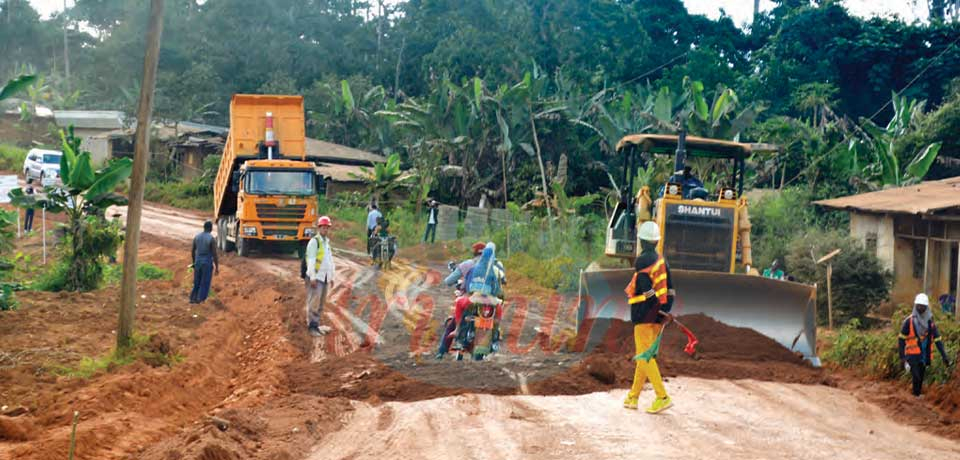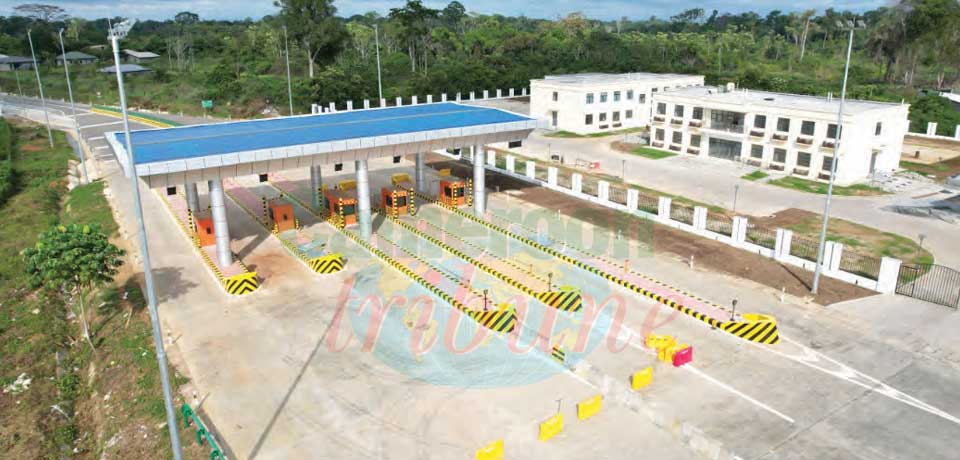Oil Palm Production: Experts Report Malaysian Experience To CDC
- Par Richard Kometa
- 02 Oct 2016 19:17
- 0 Likes
Farming specialists of MINADER, CDC and WWF met in Limbe to examine prospects of raising Cameroon palm oil yields.
Palm oil from Cameroon rose from 42,500 tons in 1960 to 300,000 tons in 2015. It is projected by the Ministry of Agriculture and Rural Development (MINADER) at 450,000 tons in 2020.The historic, economic, social, cultural and even political importance of oil palm farming in Cameroon sparked a fact-finding expedition of Cameroonian experts to Malaysia, in March this year. Led by Dr. Yankam Njonou, Inspector General at the Ministry of Agriculture and Rural Development (MINADER), the purpose of the WWF-sponsored mission was to study the Malaysian palm oil production “magic”, tap lessons for Cameroon while ensuring a safer environment.
Following the Malaysian expedition, it was time experts exchanged notes and charted a way forward to raise Cameroon palm oil yields. A confab and field trip was organised in Limbe last weekend with attendee experts including David McLaughlin, WWF Vice President from the United States, Dissoh Hell Zachee, Group Oil Palm Manager of the Cameroon Development Corporation (CDC), and Dr. Yankam Njonou of Cameroon’s Ministry of Agriculture and Rural Development (MINADER).
At the joint MINADER-CDC-WWF meeting in Limbe, the experts noted that Malaysia produces 22 million tons of palm oil annually; only second to Indonesia that doubles the tonnage in the world’s palm oil production ranking. Another point of interest was that all plantation workers in Malaysia are migrants from neighbouring Indonesia. “Smallish in size these Indonesians are masters of the farms”, said Dr. Yankam Njonou. He readily enumerated aspects that Cameroon can borrow from Malaysia to include the ...
Cet article complet est réservé aux abonnés
Déjà abonné ? Identifiez-vous >
Accédez en illimité à Cameroon Tribune Digital à partir de 26250 FCFA
Je M'abonne1 minute suffit pour vous abonner à Cameroon Tribune Digital !
- Votre numéro spécial cameroon-tribune en version numérique
- Des encarts
- Des appels d'offres exclusives
- D'avant-première (accès 24h avant la publication)
- Des éditions consultables sur tous supports (smartphone, tablettes, PC)














Commentaires